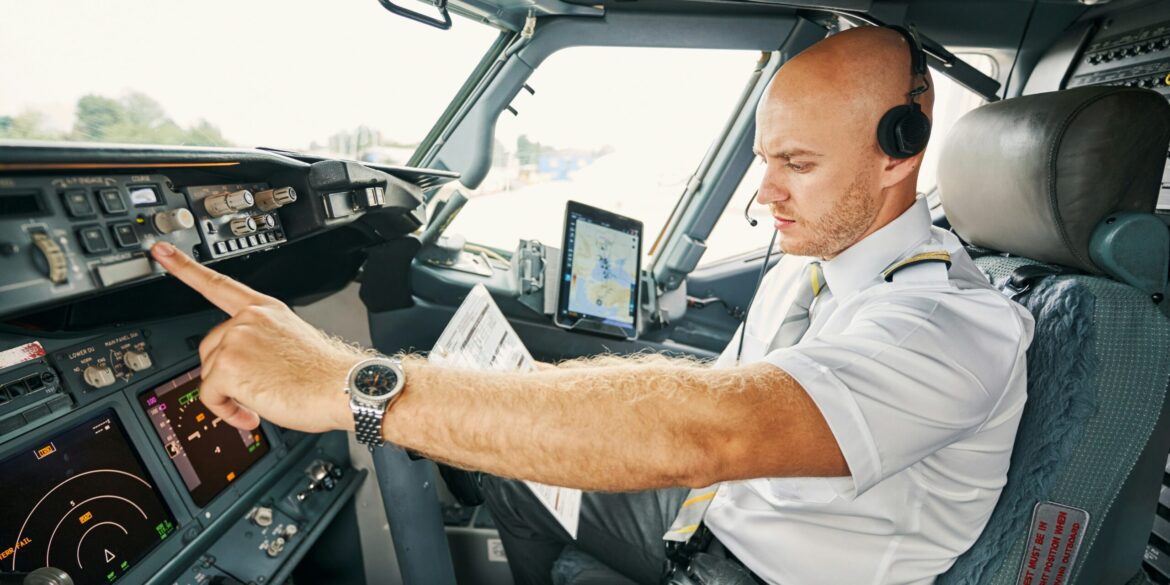The Federal Aviation Administration (FAA) has unveiled a sweeping modernization initiative to replace its decades-old air traffic control (ATC) systems, launching a transformative effort to bring the nation’s aviation infrastructure into the 21st century. Announced on June 13, 2025, the initiative aims to replace obsolete technologies—some dating back to the 1990s, including systems still reliant on Windows 95 and even floppy disks—with cutting-edge tools designed to improve the safety, reliability, and efficiency of U.S. airspace.
Critical Infrastructure in Urgent Need of Replacement
The FAA’s announcement comes amid growing concerns from aviation experts and lawmakers about the vulnerabilities in the current ATC framework. For years, the system has suffered from slow data transmission, limited integration with modern digital tools, and outdated user interfaces that complicate coordination among air traffic controllers. Critics have pointed to the reliance on antiquated technology as a significant liability, especially as air travel volumes return to and exceed pre-pandemic levels.
“Our current systems were innovative in their time, but the world has changed,” said Acting FAA Administrator Chris Rocheleau during a congressional briefing. “We’re now laying the foundation for the airspace of the future, where safety and technology work seamlessly together.”
Scope and Timeline of the Modernization Program
The FAA’s modernization effort will roll out over a four-year period, targeting key upgrades across multiple facets of air traffic management. Among the initiatives are:
- Transition from analog to digital communication systems, including the installation of 25,000 new Voice over IP (VoIP) radios.
- Replacement of 618 radar units with modern surveillance systems to improve tracking accuracy and coverage.
- Adoption of IP-based networking infrastructure to replace the outdated Time Division Multiplexing (TDM) systems, thereby improving data flow and network reliability.
- Construction of six new high-tech air traffic control centers, which will serve as regional hubs for enhanced operational coordination.
- Deployment of advanced surface awareness technologies at approximately 200 airports, aiming to improve on-ground navigation and reduce the risk of runway incursions.
These initiatives are expected to substantially reduce the risk of communication errors, improve response times, and lay the groundwork for the integration of autonomous drones and advanced aerial mobility systems in the future.
Financial Investment and Industry Collaboration
The FAA has issued a Request for Information (RFI) to solicit input from technology firms and aviation contractors capable of implementing the new systems. While the current legislative funding allocation for the modernization effort stands at $12.5 billion, Transportation Secretary Sean Duffy is pushing for a minimum initial investment of $20 billion. Industry estimates suggest the total project cost could approach $31 billion by completion.
“This is arguably the most consequential infrastructure project we’ve undertaken in a generation,” Secretary Duffy stated. “If we want to lead the world in aviation, we must first lead in technology.”
Safety Incidents Spur Urgency
The push for modernization follows a series of high-profile safety incidents that have highlighted the limitations of the aging system. A midair collision earlier this year claimed 67 lives, while several near misses in major airports have triggered widespread scrutiny. Although investigations pointed to human error in many cases, outdated equipment and slow system feedback loops were cited as contributing factors.
Meanwhile, the FAA continues to battle a critical shortage of air traffic controllers, with staffing levels falling short by approximately 3,500 personnel nationwide. In response, the agency has accelerated hiring programs, offered relocation bonuses, and relaxed eligibility requirements for certain training programs.
A Long-Term Vision for U.S. Airspace
The modernization project also supports broader goals outlined in the FAA’s NextGen program, a multi-decade vision that includes satellite-based navigation, improved weather forecasting, and the integration of commercial spaceflight into national airspace. The upgrades announced this week are seen as a crucial step toward realizing those ambitions.
By embracing new technologies and replacing systems that are no longer fit for purpose, the FAA aims to position the United States as a global leader in air traffic innovation. The modernization is not only a technological upgrade but a structural reimagining of how air travel operates in the U.S.—from the control towers to the cockpit.

